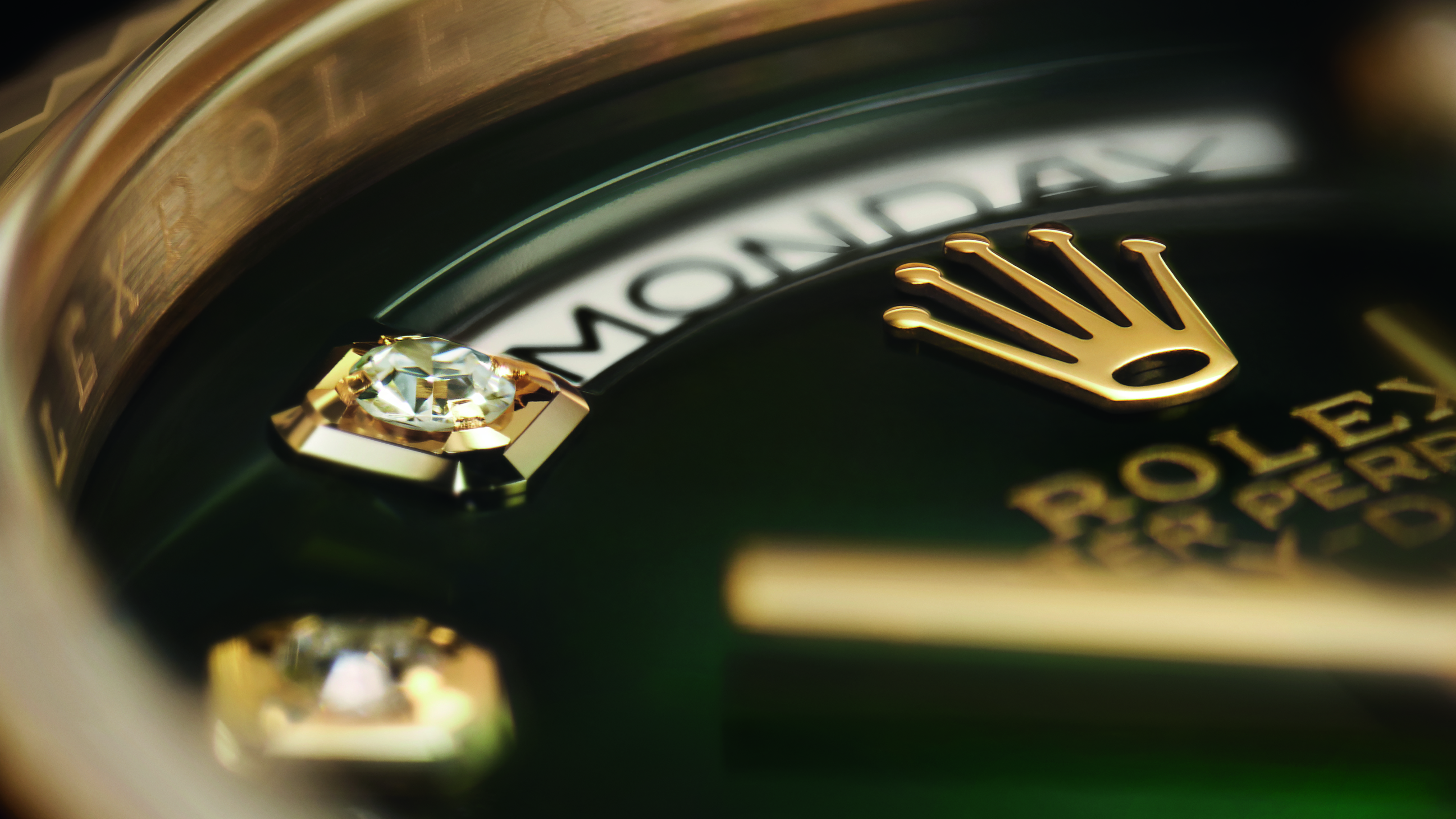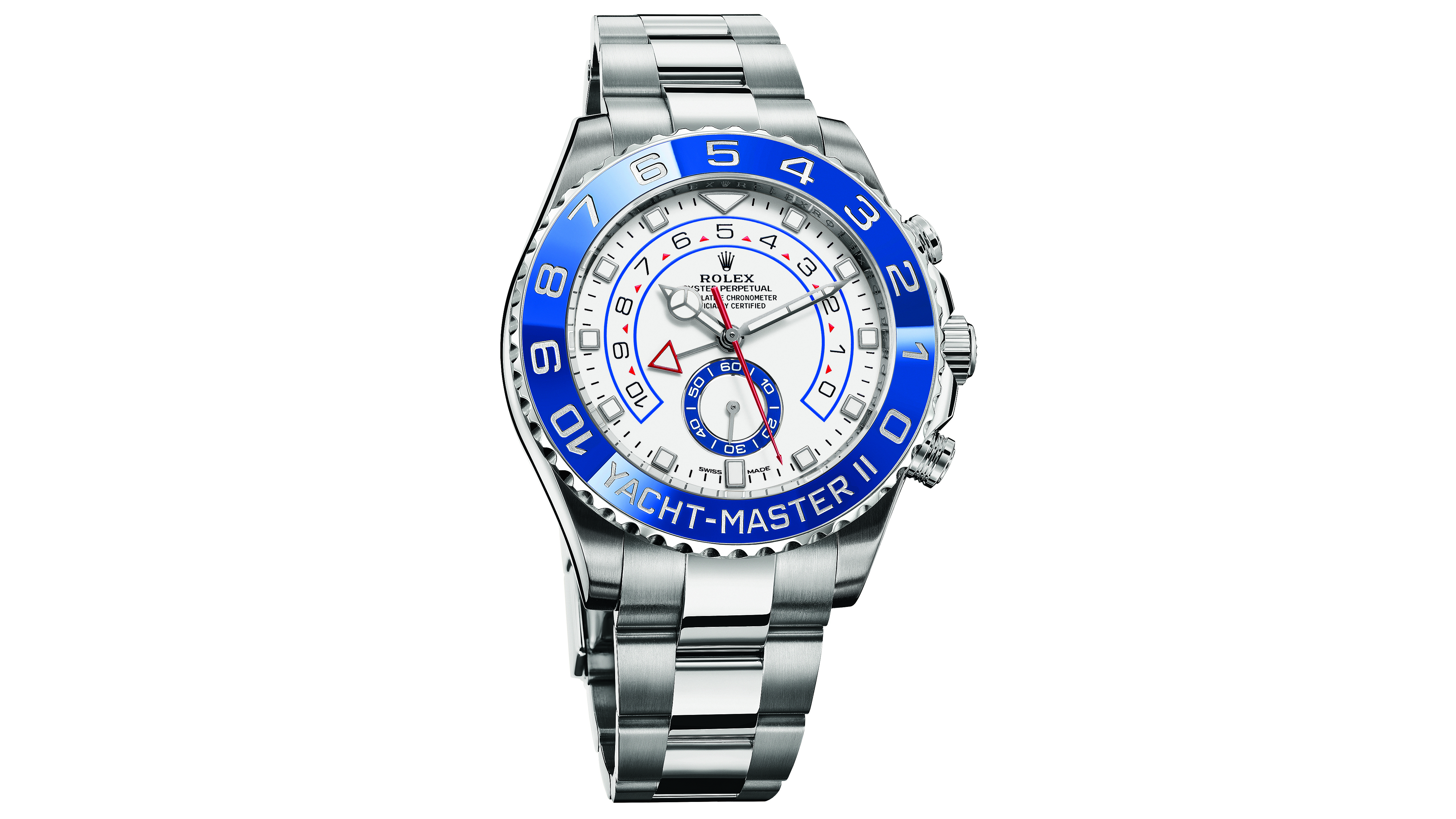Best Rolex 2023: how to choose the perfect Rolex to suit your lifestyle
No matter what you do on your weekends, the Geneva watchmaker has you covered


To the casual observer, it is easy to think a Rolex is a Rolex, is a Rolex. Catch a rush-hour Tube on certain London Underground lines and you’ll see near-identical Rolex on the wrists of the suited and booted.
But dig a little deeper into the Geneva firm’s range, and you’ll discover a broad portfolio of timepieces. We can’t possibly say there is a Rolex for every budget, because you’re never going to get much change from seven or eight thousand, but there’s much more to the brand than classy wristwear to show off in meetings or at dinner.
- T3's guide to the best watches for men
- The best watches under £1000
- 5 best watches to invest in right now
As well as the classics, Rolex offers a ‘professional’ range, which includes timepieces developed for specific careers and hobbies, like yachting, diving, driving and flying.
Here then, is the T3 guide to the best Rolex to suit your lifestyle.

For the traveller: Rolex GMT Master II
Launched in the mid-1950s and originally designed for airline pilots, the GMT-Master - as its name might well suggest - is a GMT watch. This means that, as well as the regular hour, minute and second hands, it has another hand for telling the time at GMT - that is, Greenwich Meantime, as observed by the Royal Observatory in Greenwich, London.
This extra hand rotates around a 24-hour bezel. That way, you can always tell what time it is in your current location, and GMT/UTC - handy when travelling for business or pleasure.
That 24-hour bezel, by the way, is made from extremely hard ceramic, and its blue and red finish gives the GMT Master the nickname of the ‘Pepsi Rolex’. At 40mm, the GMT-Master II is a surprisingly compact timepiece for its design.

For the diver: Rolex Submariner
The Submariner may look similar to the GMT-Master at first glance, but this is an altogether tougher timepiece, capable of being submerged up to 300 metres (1,000 feet). This is a significant improvement on the original Submariner, which was the first watch to be water resistant to a depth of 100 metres when it launched back in 1953.
Being a true diving watch, the Submariner meets the ISO 6425 standard, which means it is not only water resistant to great depths, but is also unfazed by salty seawater, condensation, magnetism, and rapid changes in pressure and temperature.
The watch features a unidirectional, 60-minute rotating bezel to help divers accurately and safely measure how long they have been underwater. The bezel is made from Cerachrom, the same Rolex-developed, corrosion-resistant, ceramic material as on the GMT-Master.
The Submariner has a 41mm diameter case, with a screw-down winding crown, magnified date complication at three o’clock, and an automatic 3235 calibre movement with approximately 70 hours of power reserve.

For the racing driver: Rolex Cosmograph Daytona
Watch just five minutes of the Daytona or Le Mans 24-hour motor races on television, and you’ll no doubt see an advert for the Rolex Daytona. Widely considered the motorsport timepiece, the Cosmograph Daytona has been with us since 1963 and has appeared on the wrists of some of the world’s most successful drivers.
Being a wristwatch intended for motorsport and time-keeping, the Rolex Daytona features a second hand which displays an accurate reading to one-eighth of a second, plus two dials showing elapsed time in hours and minutes.
Additionally, the 40mm non-rotating bezel can be used as a tachymeter, indicating the units per hour of any moving object you care to time. Say you want to work out the average speed of a land-speed record car as it passes through the measured mile (as we are sure all T3 readers do of a weekend). Click the button at two o’clock to start the second hand, then again to stop the hand once the car passes the mile marker; the number pointed at on the bezel is the car’s average speed in miles per hour.
The Rolex Daytona is water resistant to 100 metres and has a long power reserve of approximately 72 hours.

For the adventurer: Rolex Explorer
The Rolex Explorer is the brand’s most understated steel sports watch, but, for that reason, it's one of our favourites. The Explorer has a rich history, which begins with a Perpetual Oyster that Sir Edmund Hillary's pioneering ascent to Mount Everest in 1953. To commemorate his (and the watch's) achievement, Rolex released the Oyster Perpetual Explorer that same year.
Today, Rolex offers two Explorer models, a 39mm Explorer, and 42mm Explorer II (pictured above). They may looks completely different, but both are designed for extreme environments.
The Explorer's design remains very true to the original, with a black dial, large, legible numerals, and a durable Oyster case.
The Explorer II is an evolution of the original model, growing a few millimeters in diameter and adding a GMT-function, so the wearer can keep track of multiple timezones.

For the pilot: Rolex Air-King
If flying is your pastime of choice, then the Air-King is the Rolex for you. The watch offers a simple and classically attractive look, with a compact 40mm case, Oyster bracelet and domed bezel.
To the casual observer, the Air-King looks similar in design to classic Rolex like the Datejust and Day-Date, but there are enough nods to aviation to make it stand out from the corporate-gift and graduation-present crowd.
The watch, which harks back to Rolex’s connection with aviation of the 1930s, features a distinctive black bezel with oversize hour numerals at three, six and nine, separated by smaller minute numerals used for navigational time reading.
The Air-King’s 3131 calibre self-winding mechanical movement has a power reserve of approximately 48 hours, and water resistance is 100 metres.

For the sailor: Rolex Yacht-Master II
For a Rolex, there’s an awful lot going on here. Described by the Swiss company as a watch appealing to experienced sailors, the Yacht-Master II features a programmable countdown timer with mechanical memory and on-the-fly synchronisation.
What this means, is that skippers can programme the watch to automatically start a countdown of a certain duration, from between one and 10 minutes. That way, they can precisely time and follow the official starting procedure of a boat race. The minutes count down using a fourth hand which sweeps down from a maximum of 10 minutes at seven o’clock, to zero at five o’clock.
Where a watch’s bezel is not normally mechanically linked to its internal mechanism, the Yacht-Master II’s is. This means the wearer can rotate the bezel to set the countdown timer, counting down to the start time of the race.
The Yacht-Master II is a large timepiece (for a Rolex) at 44mm and offers up to 100 metres of water resistance, while the power reserve of its self-winding movement is approximately 72 hours.

For the horological connoisseur: Rolex Cellini Moonphase
A member of Rolex’s classic watch collection, the Cellini Moonphase is for those who take their watches seriously, but want a classic look which strays away from shouting about your flying, racing or yachting escapades. Instead, this 18ct rose gold timepiece offers a simple white dial sat inside a subtle 39mm case.
But beneath this simplicity is a brilliantly complex 3295 calibre movement with a moonphase complication which Rolex claims will remain astrologically accurate for 122 years before it requires adjustment.
Appropriately, the full moon present on the face of the Cellini is made from a real piece of meteorite, which moves gradually around the complication as each day of the month passes by. This watch can’t calculate the average speed of your flying mile, or help you keep tabs on your oxygen tanks 1,000 feet below, but it makes up for a lack of features with a hearty dose of elegance and horological sophistication.

For the CEO: Rolex Day-Date
Nothing says you’ve made it more than an all-gold Rolex Day-Date on a matching ‘president’ bracelet. Yes, it’s a bit flashy and perhaps even ostentatious in the wrong company - and we know we knocked corporate Rolex earlier in this article - but it somehow retains more class than other watches in its price bracket.
Even in a less look-at-me spec, the Day-Date is a classically good-looking watch which will never go out of fashion, and will look right at home when poking out from underneath your shirt cuff during that important meeting.
Back in 1956, the Day-Date was a world-first, boasting the ability to show both the day and date (see what they did there?). The day written in full across the 12 o’clock position is a striking but functional complication which for many buyers will feel altogether more useful than a moonphase complication.
Wear a Day-Date, and you’re in some rather high-calibre company. Previous owners include US Presidents Reagan, Nixon, Roosevelt, Ford and Kennedy, along with Roger Federer, Jay-Z, Ellen DeGeneres and Victoria Beckham.
The current model measures a compact 36mm, is water resistant to 100 metres, and has a power reserve of approximately 70 hours.

For everyday: Rolex Datejust
The idea of an everyday Rolex perhaps feels like an oxymoron, but we reckon the Datejust fits the bill perfectly. Arguably the quintessential Rolex, the Datejust is the model you are most likely to see out and about. It is highly customisable, with Rolex offering different case sizes and materials, a choice of straps and bezels, and a range of face colours, materials and decoration (by which we mean diamonds, of course).
Case sizes range from 28mm to 41mm, while materials include steel, white gold, yellow gold, or a mixture; dial colours include white, silver, gold, blue, black and pink, and there’s a choice of two bracelet designs and two bezels. All this means the Datejust can be configured to look as at home with your weekend wear, as your business attire, wedding suit, or Sunday best.
First launched in 1945 as the Oyster, the Datejust (which got its current name in 1985) has changed very little over the years. However, in 1955 the mechanism was updated so the date would change instantaneously at midnight instead of slowly changing over several hours beforehand. That year also saw the addition of the famous Cyclops magnification lens over the date complication, which has since become a hallmark of Rolex watch design.
Today’s Datejust is water resistant to 100 metres, features a 3235 calibre, self-winding automatic movement, and has a power reserve of approximately 70 hours.
Get all the latest news, reviews, deals and buying guides on gorgeous tech, home and active products from the T3 experts
Alistair is a freelance automotive and technology journalist. He has bylines on esteemed sites such as the BBC, Forbes, TechRadar, and of best of all, T3, where he covers topics ranging from classic cars and men's lifestyle, to smart home technology, phones, electric cars, autonomy, Swiss watches, and much more besides. He is an experienced journalist, writing news, features, interviews and product reviews. If that didn't make him busy enough, he is also the co-host of the AutoChat podcast.
